Albania
Discover Albania: Where Ancient Heritage Meets Stunning Coastlines
Albania Uncovered: Quirky, Affordable, and Full of Surprises Along the Mediterranean

If you're searching for an off-the-beaten-path destination that blends Mediterranean charm with rugged mountain beauty, all without breaking the bank, Albania might just be your next perfect getaway.
Nestled in Southeastern Europe, this compact but diverse country offers far more than meets the eye, whether you're planning a sun-soaked summer escape or a quiet winter retreat.
Geography & Natural Wonders
Albania shares borders with Montenegro to the north, Kosovo to the northeast, North Macedonia to the east, and Greece to the south. To the west, it boasts a stunning 362-kilometer (225-mile) coastline that stretches along both the Adriatic and Ionian Seas, a rare geographic distinction shared by only a few countries in the world. This dual-seaboard setup gifts Albania with everything from sandy northern beaches to the turquoise coves and dramatic cliffs of the Albanian Riviera in the south.
Contrary to the typical image of a Mediterranean beach destination, over 70% of Albania is mountainous or hilly. The country’s highest peak, Mount Korab (Maja e Korabit), rises to 2,764 meters (9,068 feet) on the border with North Macedonia, making it not only Albania’s tallest mountain but also North Macedonia’s. This alpine terrain transforms Albania into a year-round adventure hub: think hiking through the Accursed Mountains, mountain biking in Theth National Park, wildlife spotting in Valbona, or even skiing in the winter months near the town of Dardha.
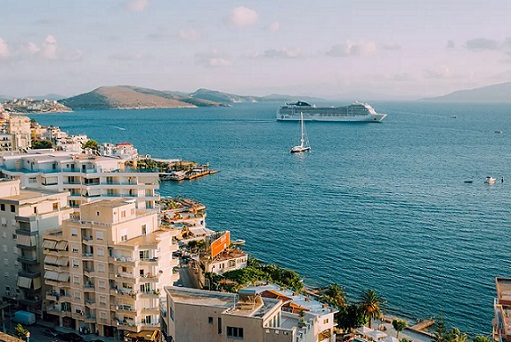
Climate & Seasons
Thanks to its coastal position and varied topography, Albania enjoys a Mediterranean climate along the coast, hot, dry summers (often reaching 30–35°C / 86–95°F) and mild, wet winters. Inland and in the highlands, however, winters can be snowy and cold, offering a surprising contrast just a few hours from the beach. This diversity means you could sunbathe in Sarandë in the morning and ski in the afternoon, a truly unique possibility in Europe.
Capital Charm & Affordability
The capital, Tirana, is a vibrant, colorful city with a population of approximately 520,000 (as of 2023 estimates). Known for its bold murals, communist-era relics, buzzing cafés, and the iconic Skanderbeg Square, Tirana blends history with youthful energy. And thanks to Albania’s developing economy, it remains one of Europe’s most budget-friendly destinations. You can enjoy a three-course meal for under €15, stay in a seaside guesthouse for €25/night, and take intercity buses for just a few euros.
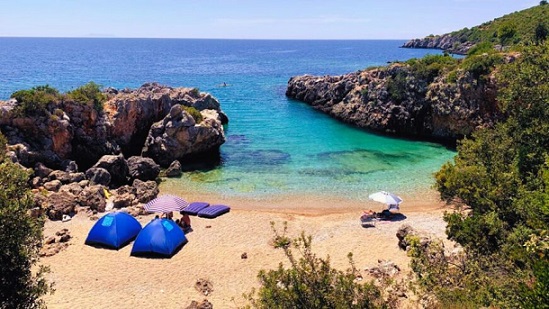
Fun & Quirky Facts
- Albania has over 700,000 concrete bunkers scattered across the country, one for nearly every four citizens! Built during the paranoid rule of communist leader Enver Hoxha (1944–1985), many have been repurposed as cafés, art installations, or even tiny homes.
- The Blue Eye (Syri i Kaltër), a stunning natural spring near Sarandë, looks like a giant sapphire eye gazing up from the earth, its waters are so clear and deep that the full depth has never been accurately measured.
- Albania is one of the few Muslim-majority countries in Europe, yet it’s also known for its deep-rooted tradition of religious tolerance, mosques and churches often stand side by side.
- During World War II, Albania not only protected its own Jewish population but also sheltered nearly 2,000 Jewish refugees, the only Nazi-occupied country to end the war with more Jews than it started with.
- The Albanian language is a linguistic isolate in Europe, unrelated to Slavic, Romance, or Germanic languages, making it one of the continent’s most unique tongues.
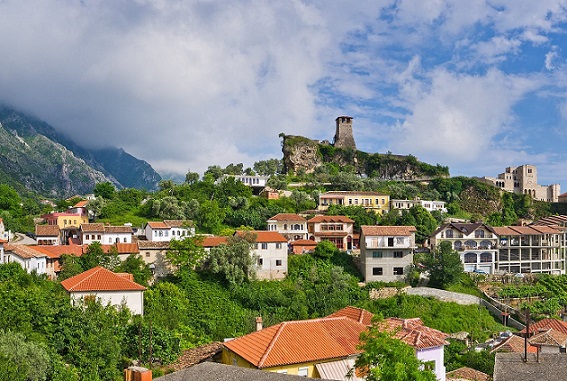
Final Thoughts
From ancient ruins like Butrint (a UNESCO World Heritage Site) to the untouched beaches of Ksamil, from Ottoman old towns like Berat (“the city of a thousand windows”) to the wild beauty of the Albanian Alps, this country packs an extraordinary punch for its size. Whether you’re a history buff, a beach bum, a mountain trekker, or a budget-savvy foodie, Albania delivers unforgettable experiences, without the crowds or the price tag of its Mediterranean neighbors.
So, what are you waiting for? Pack your bags, grab your sense of adventure, and get ready to discover Europe’s best-kept secret. Albania isn’t just kicking it back, it’s redefining it.

Albania is a Mediterranean country sitting on the coast of the Adriatic and Ionian seas. The country is bordered to the north by Serbia and Montenegro, Greece to the south and Macedonia to the east. Involved in the massive strife arising in the former Yugoslavia, the country was previously a Soviet-Bloc country. These days, Albania is a democracy fighting to find its economic feet.
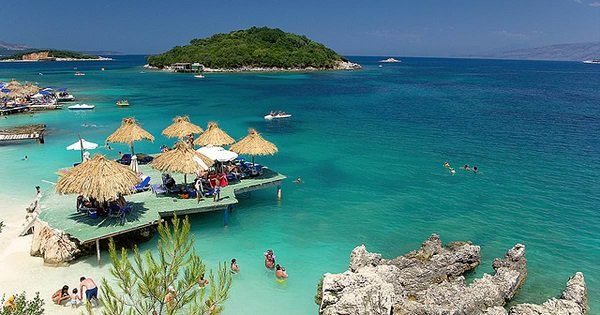
Tirana Tirana is the capital of Albania and has a population of a little over 300,000. The city is an eclectic mix of traditional European structures, soviet style five storey buildings and mid-east influenced architecture. Relatively small, Tirana is a city with a small town feel.
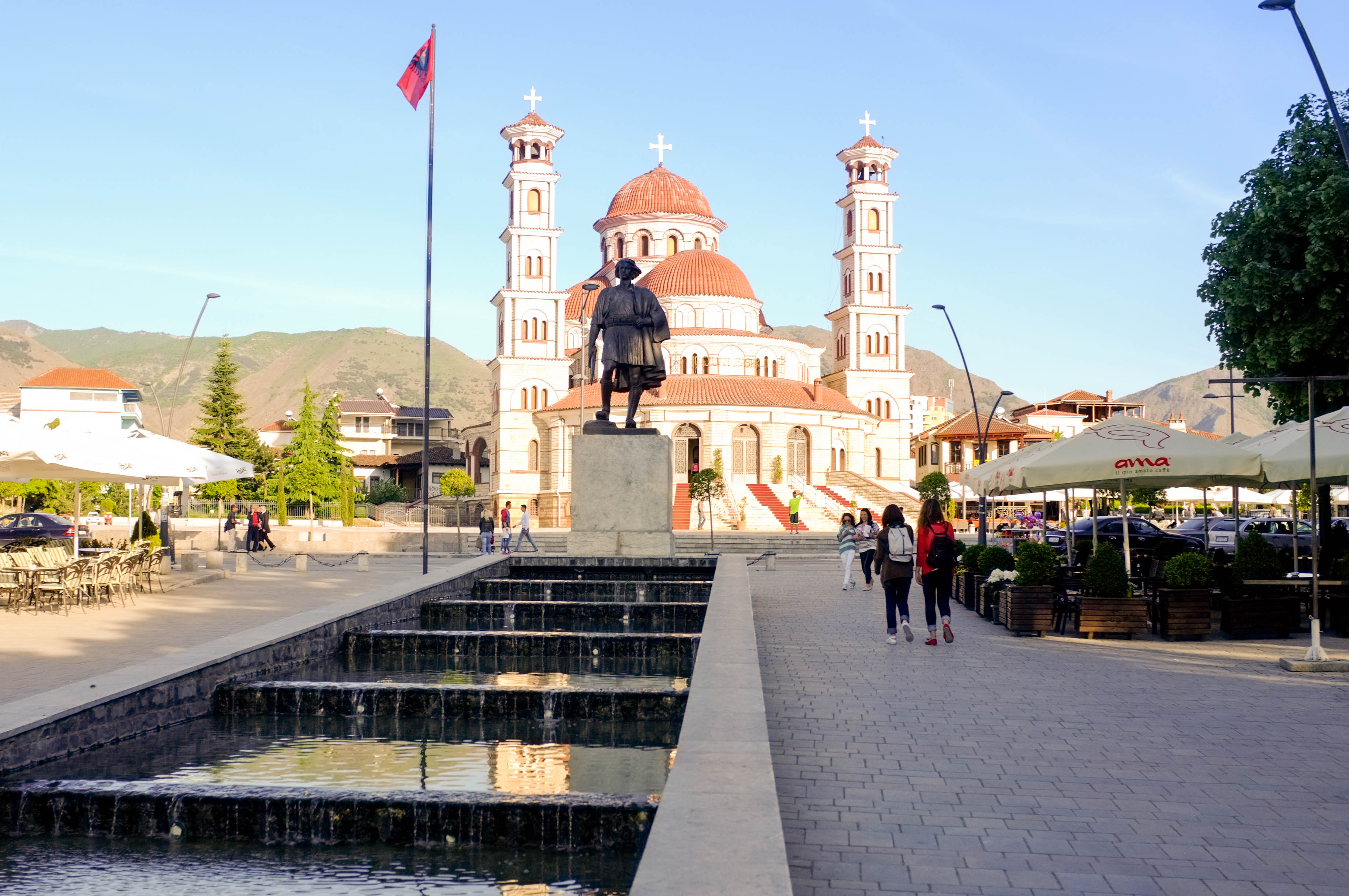
Korca – Rugs, Rugs, Rugs Korca is a city located in the east of Albania close to the border of Greece. Built high up on a plateau, Korca is a must see if you love Turkish style rugs and carpets. The entire city seems to be devoted to the manufacture and sale of every size, color and type of rug.
Petrela Castle Dating back to 500 AD, Petrela Castle is an ancient structure, which is in relatively good shape considering the history attached to it. At one time or another, Petrela was the primary defense of the city of Durres. It has been held, used and conquered by Romans, Greeks, Turks and others.
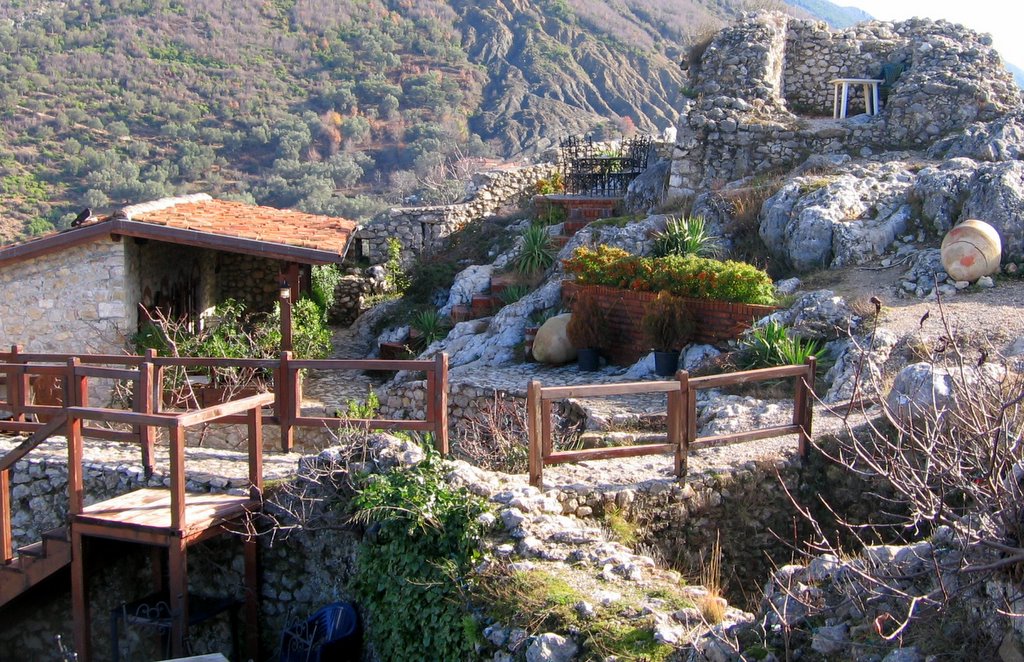
Seriously off the beaten path, getting to Petrela requires a sturdy 4x4 vehicle. It is a very bumpy road, but the view is more than worth it. While Albania is struggling to recovery from a communist pass, it is a fairly safe place to visit. The people are nice and it is definitely an opportunity to visit a country off the beaten track.
Albania climate With its coastline facing the Adriatic and Ionian seas, its highlands backed upon the elevated Balkan landmass, and the entire country lying at a latitude subject to a variety of weather patterns during the winter and summer seasons, Albania has a high number of climatic regions for so small an area. The coastal lowlands have typically Mediterranean weather; the highlands have a Mediterranean continental climate.
In both the lowlands and the interior, the weather varies markedly from north to south. The lowlands have mild winters, averaging about 7 °C (45 °F). Summer temperatures average 24 °C (75 °F). In the southern lowlands, temperatures average about 5 °C (9 °F) higher throughout the year. The difference is greater than 5 °C (9 °F) during the summer and somewhat less during the winter. Inland temperatures are affected more by differences in elevation than by latitude or any other factor. Low winter temperatures in the mountains are caused by the continental air mass that dominates the weather in Eastern Europe and the Balkans.
Northerly and northeasterly winds blow much of the time. Average summer temperatures are lower than in the coastal areas and much lower at higher elevations, but daily fluctuations are greater. Daytime maximum temperatures in the interior basins and river valleys are very high, but the nights are almost always cool.

Cheap Airline Flights Africa Travel
Tweet
Follow @Charlesfrize







New! Comments
Have your say about what you just read! Leave a comment in the box below.